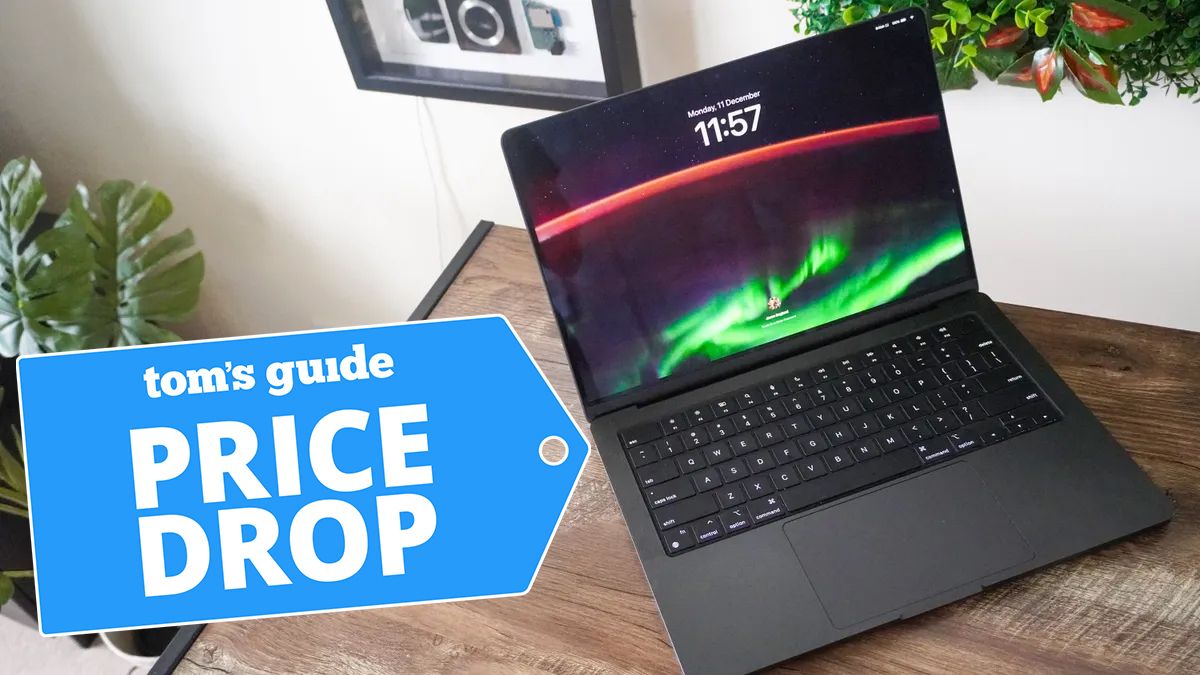
It’s almost time for Apple to release new M4 Macs at rumored Apple October event, so it’s time for the company to shift some of its existing models to the “obsolete” or “vintage” category. Apple now considers several 2015 and 2016 MacBook and iMac models obsolete for this batch. The company has also moved some 2018 devices to the vintage category.
9to5Mac first spotted the changes to Apple’s giant list of obsolete and vintage Macs. There are a total of nine new MacBook and iMac models on the list, which you’ll find below:
- MacBook Air 13-inch (Early 2015)
- MacBook Pro 13-inch (2016, with 2 Thunderbolt 3 ports)
- MacBook Pro 13-inch (2016, with 4 Thunderbolt 3 ports)
- MacBook Pro 15-inch (2016)
- MacBook Pro Retina 13-inch (Early 2015)
- MacBook Retina 12-inch (Early 2016)
- iMac 21.5-inch (Late 2015)
- iMac Retina 4K 21.5-inch (Late 2015)
- iMac Retina 5K 27-inch (Late 2015)
What does it mean for a model to be on the obsolete list? Apple puts devices here where the product stopped shipping to store shelves over seven years ago. Once a device hits this list, Apple and its official service providers will no longer provide parts for device repairs.
It doesn’t mean you need to throw away these devices in the trash if you own one that’s still doing the job for you. Sure, you might want to consider one of the best MacBooks instead of your model from 2015 or 2016, but you don’t necessarily have to.
Apple also moved some MacBook and iMac devices from 2018 to its vintage list. Here are the models the company added:
- MacBook Air Retina 13-inch (2018)
- MacBook Pro 13-inch (2017, with 2 Thunderbolt 3 ports)
- MacBook Pro 13-inch (2018, with 4 Thunderbolt 3 ports)
Vintage means hardware that’s five years old. You can still get repairs on these models, but parts may be limited. This list primarily serves as a way for Apple to let you know that your device is on the way to obsolete status and that it might be time to think about getting a new one.










